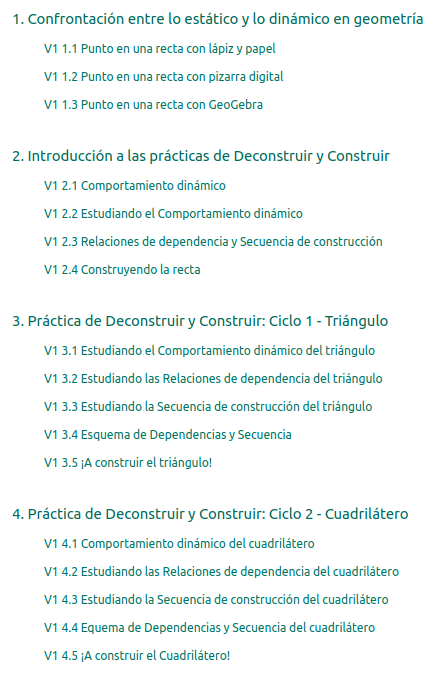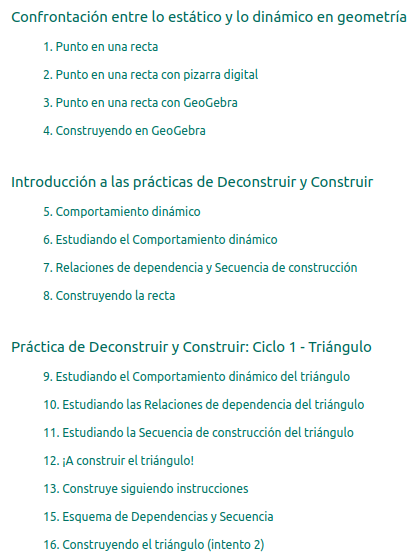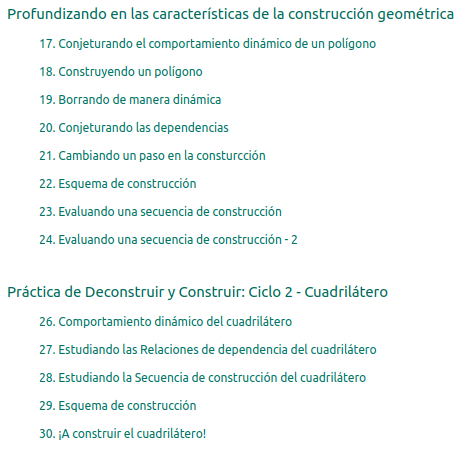La mediación desde las teorías de la práctica
Un ejemplo sobre construcción y deconstrucción en geometría dinámica
- 26 de noviembre de 2024 -
Sergio Rubio-Pizzorno
Estudiante de Doctorado
Comunicación breve

Gisela Montiel-Espinosa
Asesor@s
Luis Moreno-Armella
¿Qué veremos en esta presentación?
1. Resumen de la investigación
2. Marco teórico
3. Naturaleza de la mediación del AGD
4. Ejemplos
5. Conclusiones
Resumen de la investigación
Resumen de la investigación
Marco teórico
Teorías de la Práctica
(Schatzki, 2002, 2005, 2018)
Mediación tecnológica
(Pea,1987; Moreno-Armella, 2003 y Drijvers et al., 2009)
Se pretende investigar los haceres que constituyen las prácticas relacionadas con la construcción geométrica, que estén mediados por los AGD, y los nexos de tales prácticas.
Todo esto con el propósito de explicar, comprender e interpretar el fenómeno de aprender geometría (específicamente lo relativo a la construcción geométrica en AGD) como una articulación de prácticas.
PI1: ¿Qué haceres geométricos están involucrados al realizar tareas de construcción geométricas en AGD ?
PI2: ¿Cómo se organizan los haceres geométricos al realizar tareas de construcción geométrica en AGD?
PI3: ¿Cuál es la naturaleza de la mediación tecnológica del AGD al realizar tareas de construcción geométrica?
Resumen de la investigación
Fase 1: Elaboración del diseño
Fase 2: Implementación del diseño
Fase 3: Análisis retrospectivo
✅
✅
🛠️
Resumen de la investigación
Fase 1: Elaboración del diseño
Fase 2: Implementación del diseño
Fase 3: Análisis retrospectivo
Teorías de la Práctica
(Schatzki, 2002, 2005, 2018)
Mediación tecnológica
(Pea,1987; Moreno-Armella, 2003 y Drijvers et al., 2009)
1. Mediación
Debido a su naturaleza epistemológica, cualquier relación inmediata con las matemáticas es imposible; cualquier relación pasa por un proceso de mediación.
(Drijvers et al., 2009, p. 114).
MARCO TEÓRICO
De manera general, el proceso de mediación está caracterizado por los elementos que intervienen en él:
- Un mediador.
- El contenido de la mediación (lo que es mediado).
- Alguien o algo que es sometido a la mediación.
- Las circunstancias de la mediación.
(Hasan, 2005).
1. Mediación
(Arzarello et al., 2009; Bartolini Bussi y Mariotti, 2008; Mariotti, 2009; Moreno-Armella y Hegedus, 2009; Moreno-Armella y Santos-Trigo, 2016; Stylianou et al, 2024)
1. Mediación
Pea (1987), Moreno-Armella (2003) y Drijvers et al. (2009),
La metáfora de las herramientas de amplificación sugiere pensar en una lupa. La lupa deja ver, amplificado, aquello que podría ser visto a simple vista. No cambia, por esto mismo, la estructura del objeto de nuestra visión.
La metáfora de las herramientas de re-organización sugiere pensar en un microscopio. Con el microscopio podemos ver lo que no era posible sin dicha herramienta. Así pues, llegamos a otro nivel de la realidad, cualitativamente distinto. Se abre entonces la posibilidad de llegar a un conocimiento nuevo. (Moreno-Armella, 2003, p. 267).
Cinvestav - México 🇲🇽
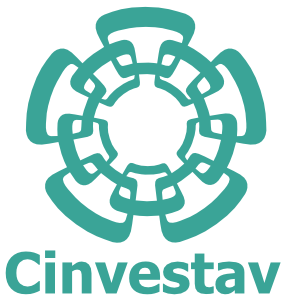
Sergio Rubio-Pizzorno (Phd student) | sergio.rubio@cinvestav.mx
Las prácticas se definen como un conjunto de haceres humanos, los cuales son corporizados y están materialmente mediados por artefactos (Schatzki, 2005).
2. Teoría de Prácticas
Los haceres son la unidad básica de organización y de análisis de las prácticas (Schatzki, 2002).
Para explicar el aprendizaje en términos de las prácticas es necesario investigar:
- La estructura de cada práctica (cómo se organiza).
- La articulación entre prácticas.
Cinvestav - México 🇲🇽

Sergio Rubio-Pizzorno (Phd student) | sergio.rubio@cinvestav.mx
La noción matemática a estudiar en la investigación es la construcción geométrica, específicamente en tareas desarrolladas en AGD.
Prácticas geométricas
Las prácticas involucradas en el aprendizaje de las construcciones geométricas en AGD son las prácticas de construir y de deconstruir (Rubio-Pizzorno et al., 2024).
{
Práctica de Construir
-
Declarar o identificar las propiedades geométricas de la construcción.
-
Establecer las relaciones geométricas que vinculan a los objetos de la construcción.
-
Establecer una secuencia de construcción adecuada a las propiedades geométricas.
-
Establecer relaciones de dependencia entre los objetos que constituyen la construcción.
-
Explorar el comportamiento dinámico de la construcción y verificar sus propiedades geométricas.
Práctica de Deconstruir
-
Determinar el comportamiento dinámico de la construcción y sus objetos constituyentes.
-
Conjeturar las relaciones de dependencia entre los objetos que constituyen la construcción.
-
Establecer una secuencia de construcción del diagrama.
-
Inferir las relaciones geométricas entre los objetos de la construcción.
-
Determinar y verificar las propiedades geométricas de la construcción.
Cinvestav - México 🇲🇽

Sergio Rubio-Pizzorno (Phd student) | sergio.rubio@cinvestav.mx
Un reto importante para las teorías del giro social es dar cuenta de la cognición individual e incorporar el sustancial cuerpo de investigación sobre la cognición matemática, como producto de la actividad social
(Lerman, 2000, p. 23).
La mediación desde las teorías de la práctica
La tecnología como amplificador de la práctica.
La tecnología como un reorganizador de la práctica.
Cinvestav - México 🇲🇽

Sergio Rubio-Pizzorno (Phd student) | sergio.rubio@cinvestav.mx
Naturaleza de la mediación
La tecnología es un amplificador de las prácticas cuando una persona la desarrolla de manera más eficiente o rápida.
Es decir, que la estructura básica de haceres y los vínculos que componen a la práctica no se altera, a pesar que la práctica se realice de manera más eficiente.
La tecnología es un reorganizador de las prácticas cuando una persona desarrolla esta última incorporando nuevos haceres, que antes no podía hacer o no le resultaban prácticos.
Es decir, que la estructura básica de haceres y los vínculos que componen la práctica cambia, al incorporar nuevos haceres o nuevos vínculos entre ellos.
Cinvestav - México 🇲🇽

Sergio Rubio-Pizzorno (Phd student) | sergio.rubio@cinvestav.mx
La mediación del AGD en tareas de construcción geométrica
¿Cambia?
No
Sí

Cinvestav - México 🇲🇽

Sergio Rubio-Pizzorno (Phd student) | sergio.rubio@cinvestav.mx


Cinvestav - México 🇲🇽

Sergio Rubio-Pizzorno (Phd student) | sergio.rubio@cinvestav.mx
La reorganización mediada por el AGD no es inmediata, sino que va evolucionando a medida que se ponen en funcionamiento las prácticas geométricas y sus haceres en tareas sucesivamente más complejas.
Conclusiones
Tiendo a pensar que l@s estudiantes lograrán resolver sus tareas de manera exitosa a medida que se vayan acercando a la organización de las prácticas propuestas teóricamente (Rubio-Pizzorno et al., 2024).
Cinvestav - México 🇲🇽

Sergio Rubio-Pizzorno (Phd student) | sergio.rubio@cinvestav.mx
1. Introduction
2. Literature review
3. Research questions
4. Theoretical framework
5. Methodology
Design-based research (DBR)
(Bakker, 2018; Camargo Uribe, 2021; Cobb et al., 2003; Swan, 2014)
Phase 1: Design elaboration
Phase 2: Design implementation
Phase 3: Retrospective analysis
Ongoing analysis, this is, design could be modified
Three levels analysis (Simon, 2018)
Design as a research instrument
METHODOLOGY
Cinvestav - México 🇲🇽

Sergio Rubio-Pizzorno (Phd student) | sergio.rubio@cinvestav.mx
1. Introduction
2. Literature review
3. Research questions
4. Theoretical framework
5. Methodology
Design-based research (DBR)
Design as a research instrument
- 4 Moments.
- 17 Activities.
- 5 Moments.
- 30 Activities.
Cinvestav - México 🇲🇽

Sergio Rubio-Pizzorno (Phd student) | sergio.rubio@cinvestav.mx
1. Introduction
2. Literature review
3. Research questions
4. Theoretical framework
5. Methodology
General information on data production
Screen recording of each student
Teacher screen recording
Classroom recording
Students' answers (in GeoGebra Classroom)
Data logging
Five students in their third year of the Bachelor's Degree in Mathematics Teaching
Design implementation
Universidad Autónoma de Baja California, Mexico
The design was implemented in the Digital Practices for Future Mathematics Teachers course
Five classes were considered: the first two were face-to-face and the last three were online.
Cinvestav - México 🇲🇽

Sergio Rubio-Pizzorno (Phd student) | sergio.rubio@cinvestav.mx
1. Introduction
2. Literature review
3. Research questions
4. Theoretical framework
5. Methodology
Data organization
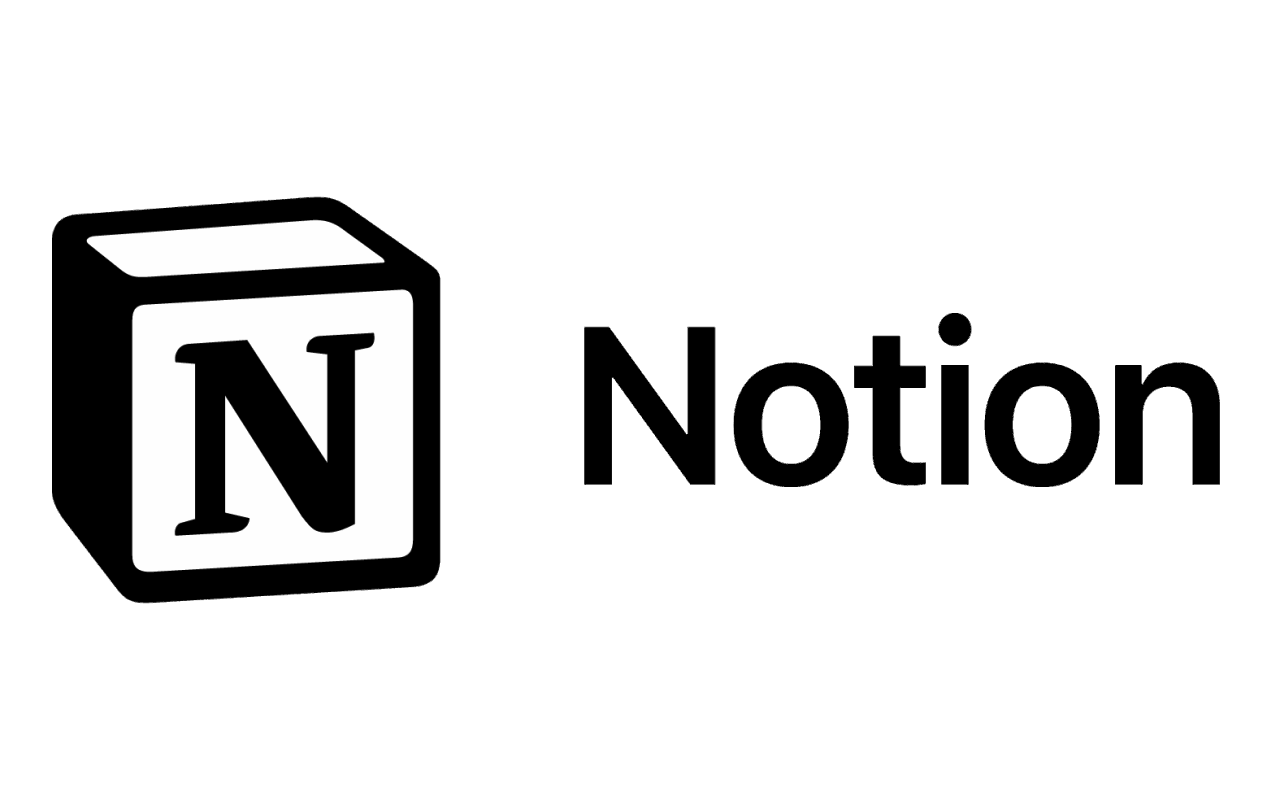
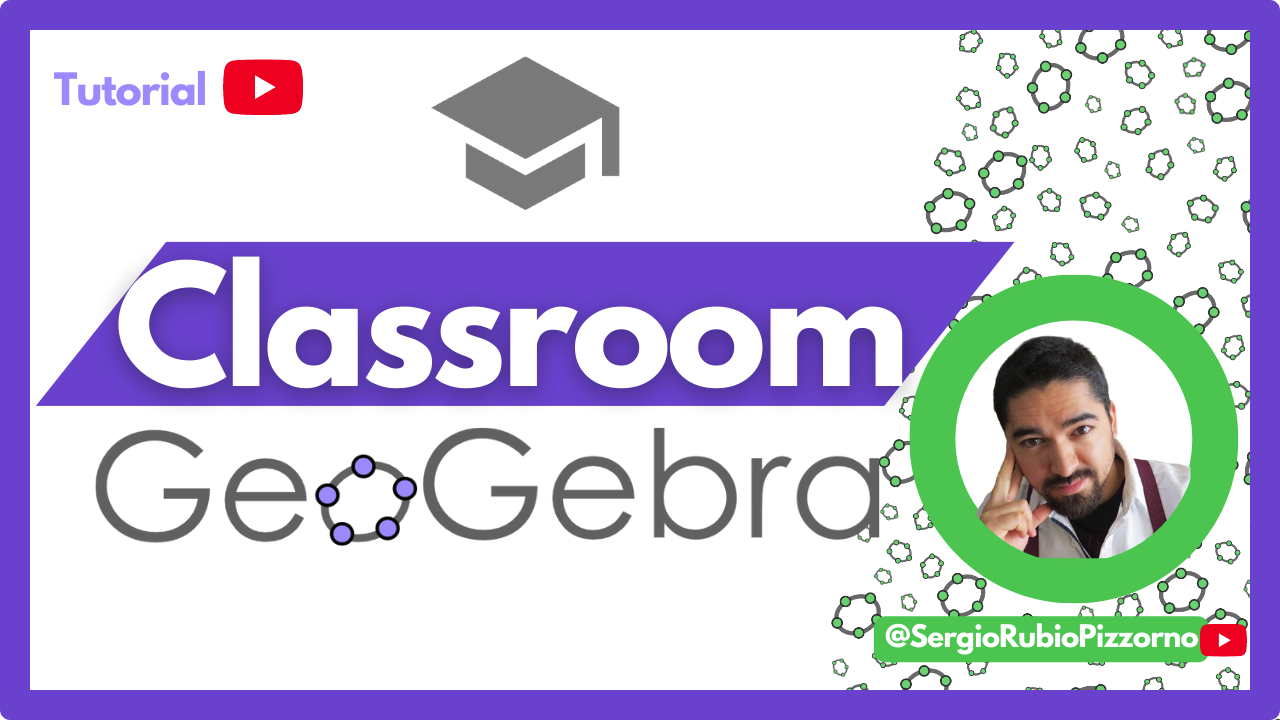

Private
Cinvestav - México 🇲🇽

Sergio Rubio-Pizzorno (Phd student) | sergio.rubio@cinvestav.mx
6. Data analysis
2. Literature review
3. Research questions
4. Theoretical framework
5. Methodology
Case of study: María
Design
Level 1
Three levels of analysis
Level 3
PI3: ¿Cuál es la naturaleza de la mediación tecnológica del AGD al realizar tareas de construcción geométrica?
Tasks and Activities
(line-by-line analysis)
Moments
DATA ANALYSIS:
An example (phase 3)
¡Gracias!
Sergio Rubio-Pizzorno🇲🇽🇨🇱
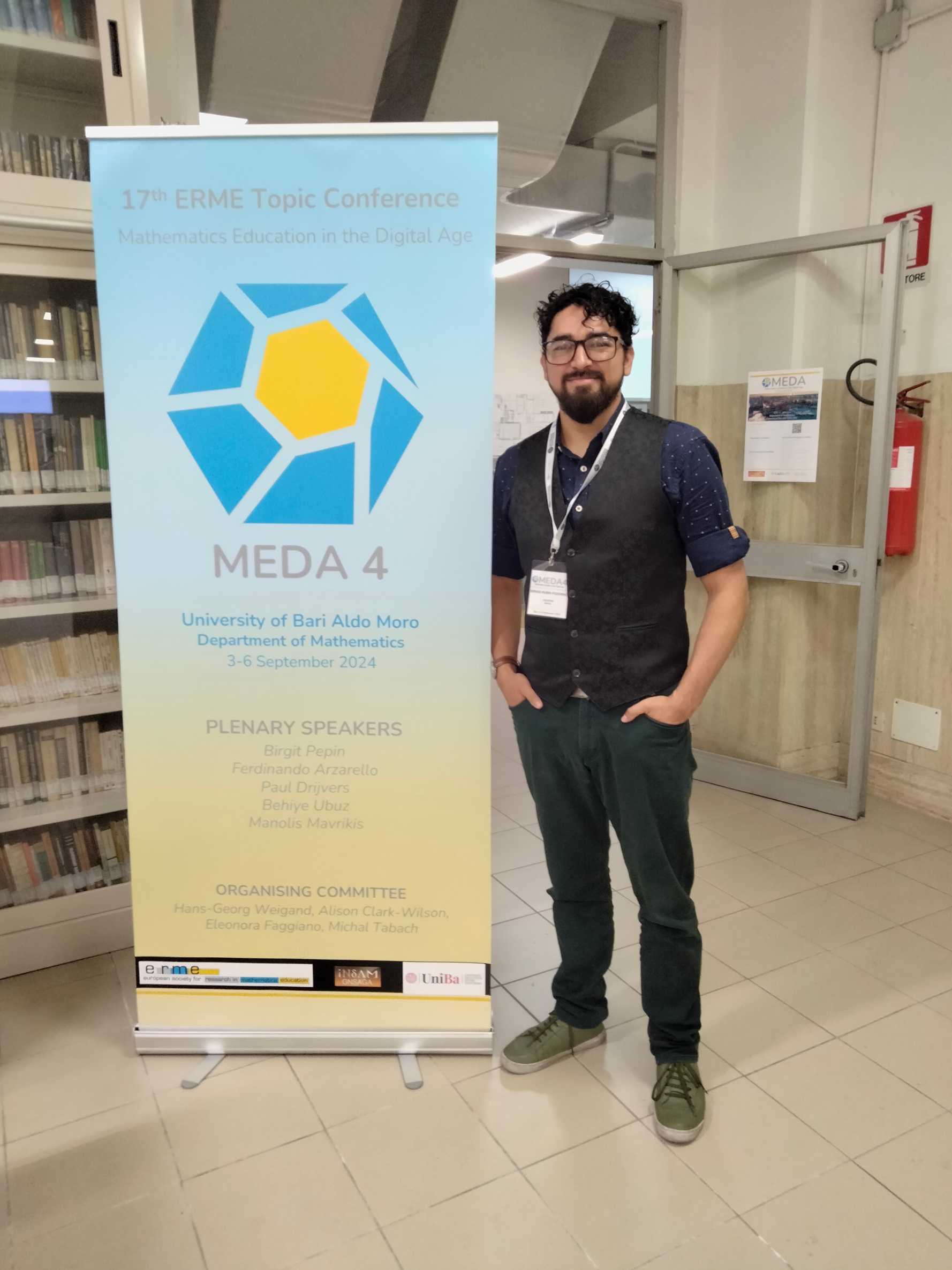
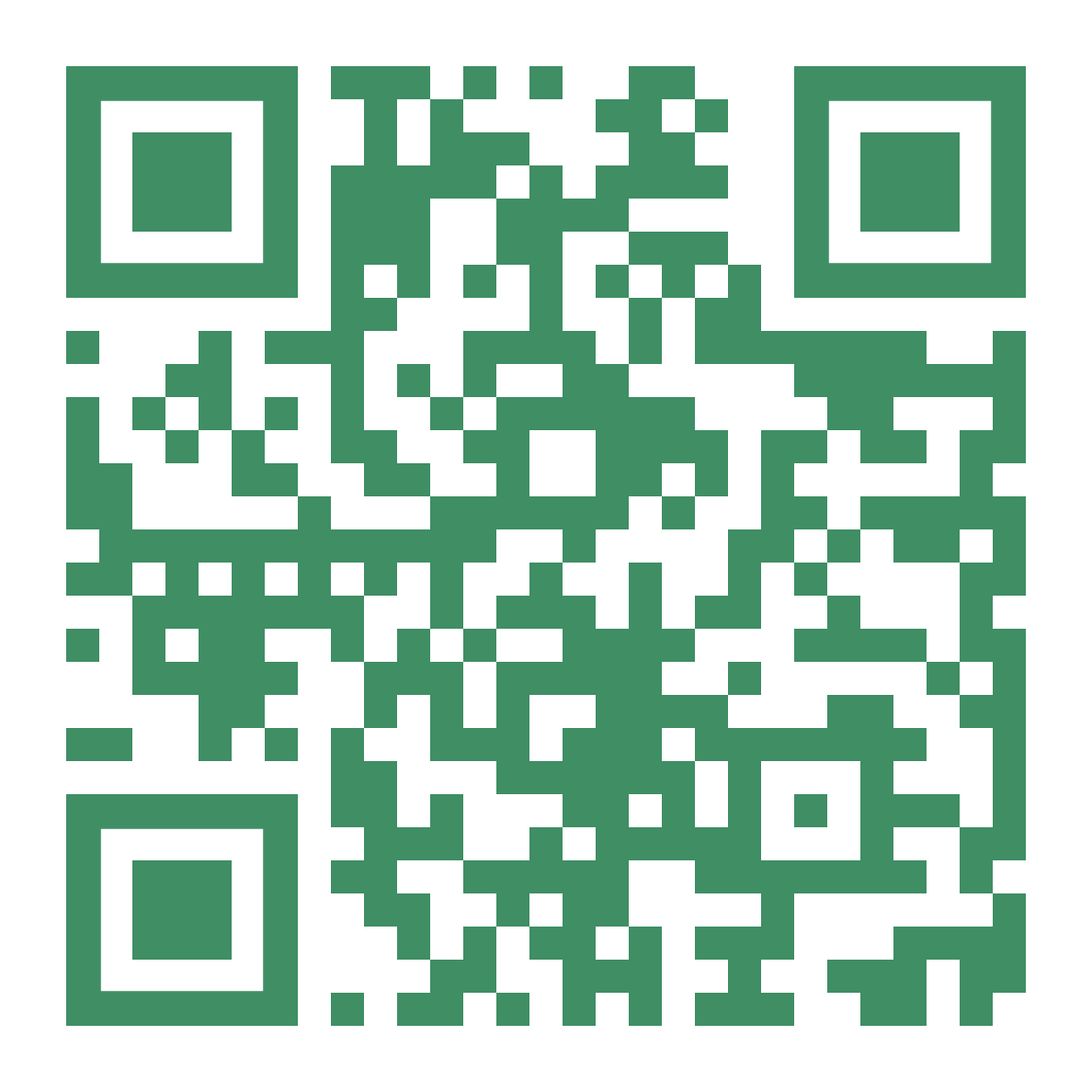
Referencias
- Arzarello, F., Paola, D., Robutti, O., y Sabena, C. (2009). Gestures as Semiotic Resources in the Mathematics Classroom. Educational Studies in Mathematics, 70(2), 97–109. http://www.jstor.org/stable/40284563
- Stylianou, D.A., Lee, B., Ristroph, I. et al. (2024). Semiotic mediation of gestures in the teaching of early algebra: the case of the equal sign. Educational Studies in Mathematics, 116, 257–279. https://doi.org/10.1007/s10649-024-10319-3
- Butcher, Neil; Kanwar, Asha y Uvalic-Trumbic, Stamenka. (2015). Guía Básica de Recursos Educativos Abiertos (REA). Francia: UNESCO. https://unesdoc.unesco.org/ark:/48223/pf0000232986

